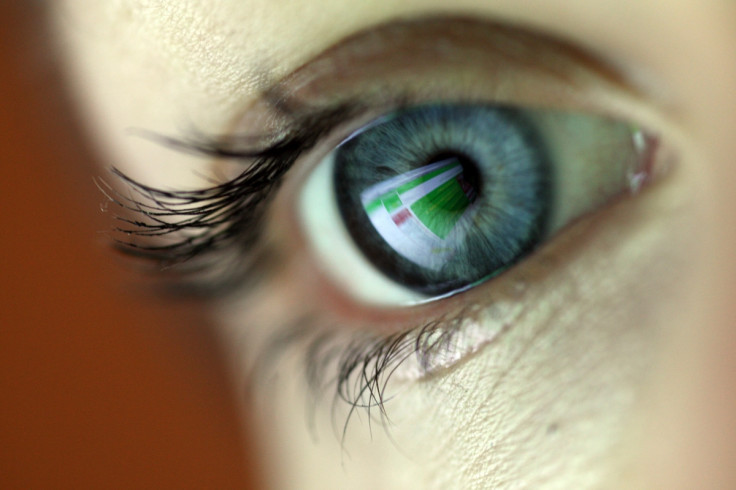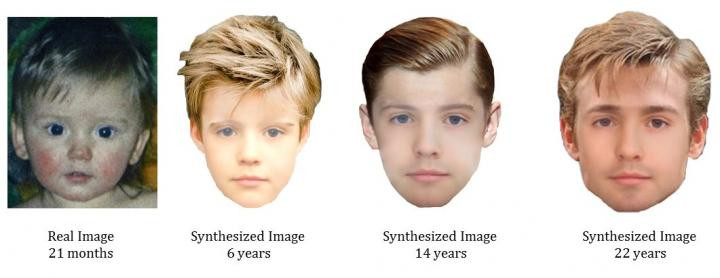Groundbreaking face-ageing technology could help identify long-missing children
Method produces 'photographic quality images' of faces, Bradford uni experts said.

A groundbreaking new face-ageing technique has been developed by researchers from the UK's University of Bradford which could revolutionise how police are able to search for missing persons across the world, using computer algorithms to predict future appearances.
The method maps key features such as the shape of cheeks, mouth and forehead of a face at a certain age. Then, the data is fed into a new algorithm which can produce "photographic quality images" of the face at various progressive stages of life.
Experts claimed this week (13 June) the key feature is how the system uses a large database of faces to 'learn' what individuals will look like at various ages.
The team said the fresh method improves on existing techniques by achieving a far-superior level of accuracy than previous models.
The researchers tested their results using a method known as "de-ageing". They took a picture of an older individual and ran the machine learning algorithm backwards. The result was then compared to an actual photograph of the person at a young age.
"Each year around 300,000 missing person cases are recorded in the UK alone," said lead researcher, Professor Hassan Ugail.
"This has been part of our motivation in endeavouring to improve current techniques of searching for missing people, particularly those who have been missing for some considerable time."
The tragic case of Ben Needham, a child who went missing at only 21 months old on the Greek island of Kos back in 1991, was a test incident used by the university researchers. The team ultimately concluded their algorithm was effective in predicting his likeness.
Several images were produced by investigators on the Needham case showing how the missing child might have looked at ages between 11 and 22. The Bradford researchers claimed their set of images "more closely resemble what Ben might look like today."
"The results were evaluated using both machine and human methods, and in both, the images of Ben produced using this method were found to be more like the original picture of Ben than the images created as part of previous investigations," the team asserted.

As reported, police concluded last year Needham likely died as a result of a digger accident after a renewed search for his body came to an end in October.
"No criticism is implied of existing age progression work," professor Ugail stressed.
"Instead we are presenting our work as a development and improvement that could make a contribution to this important area of police work.
"We are currently working with the relevant parties to further test our method. We are also developing further research plans in order to develop this method so it can be incorporated as a biometric feature, in face recognition systems, for example."
The full researcher paper is titled "Facial Age Synthesis Using Sparse Partial Least Squares (The Case of Ben Needham)" and the findings are bring presented at the International Conference on Missing Children and Adults at Abertay University, Dundee (14-16 June).
The study was published in the Journal of Forensic Sciences.
© Copyright IBTimes 2025. All rights reserved.






















